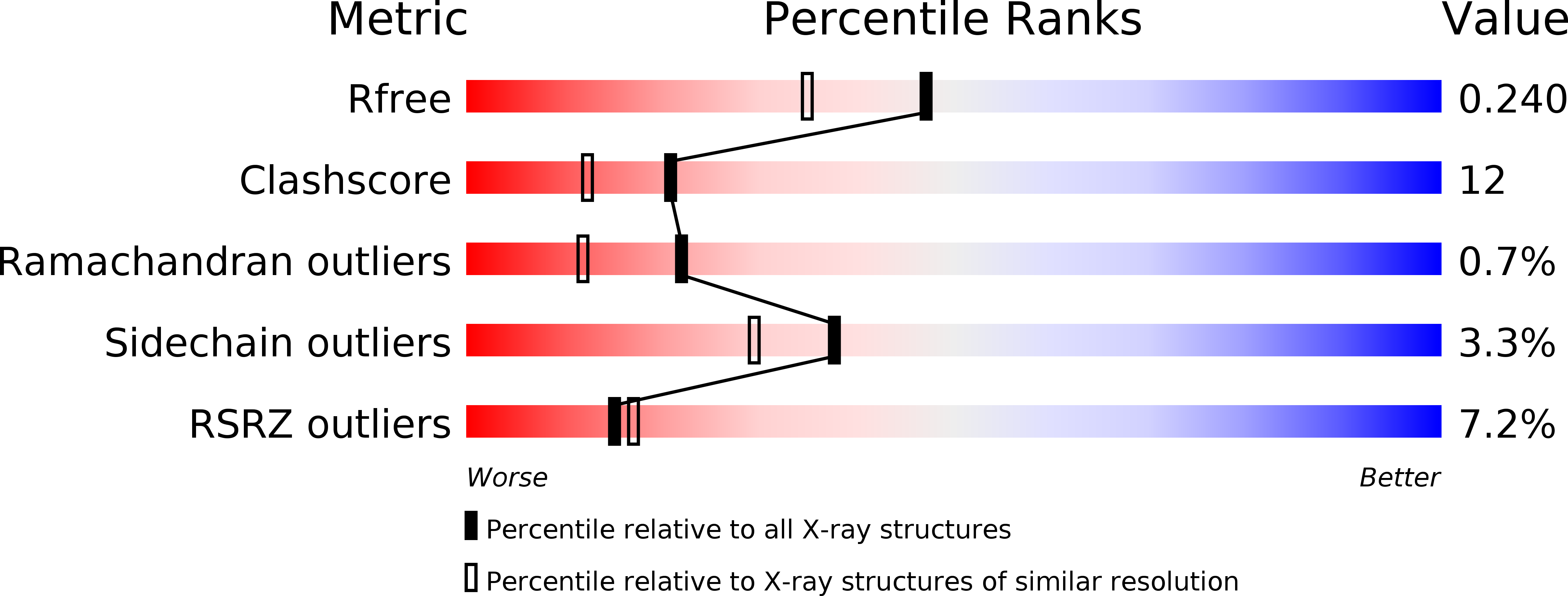
Deposition Date
2007-02-23
Release Date
2007-05-08
Last Version Date
2023-12-13
Method Details:
Experimental Method:
Resolution:
1.90 Å
R-Value Free:
0.25
R-Value Work:
0.22
R-Value Observed:
0.22
Space Group:
P 32 2 1


